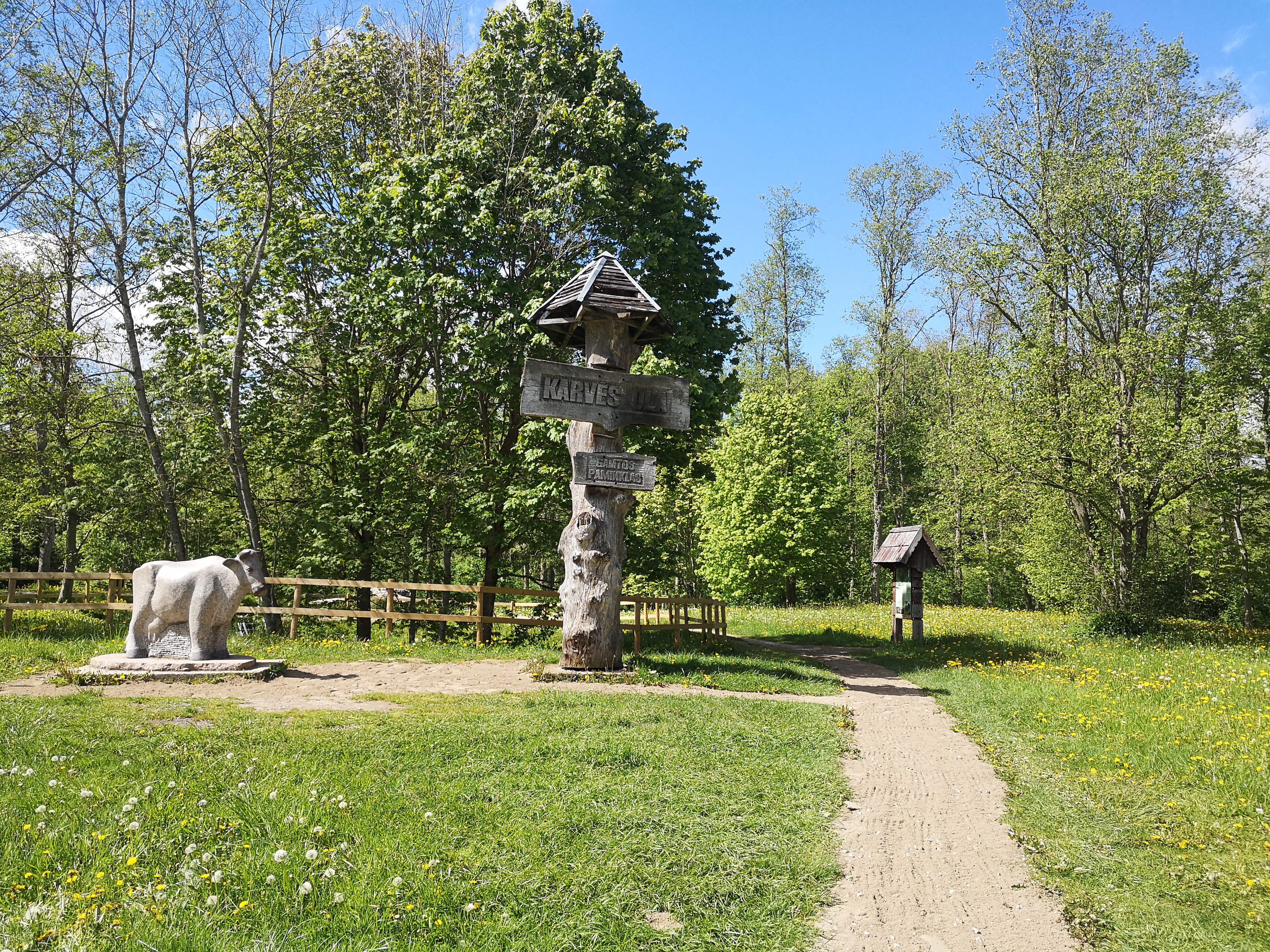Karstic Sinkhole of Cow Cave

728

2

4
The Biržai region is famous for its geological features, particularly karst sinkholes, which form due to the activity of underground water. Around 9,000 sinkholes are found here, and their number continues to grow.
In the Karajimiškis Landscape Reserve, just 3 km from Biržai, there is the highest density of karstic depressions—over 200 per square kilometer. This area is also home to the most famous sinkhole, the Cow's Cave, which was declared a national natural monument in 1964. The Cow's Cave is nearly circular, with a diameter of 10-12 meters and a depth of 12.6 meters. At the bottom of the cave lies a karst depression with five branches, including an underground pond.
Legend has it that a cow fell into the cave, leaving only the end of its chain on the surface.
Info



 Entertainment
Entertainment
 Sightseeing
Sightseeing
 Food establishments
Food establishments





























 56.20668, 24.694571
56.20668, 24.694571
 Get directions
Get directions










